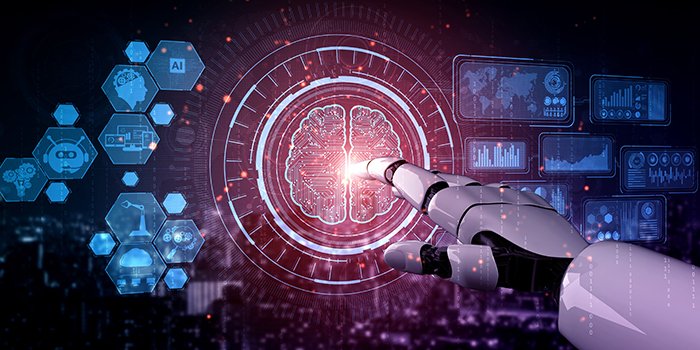Table of Content
TABLE OF CONTENTS

Introduction
In our hyper-connected world, where the average person interacts with brands across an array of devices and channels, navigating the digital landscape to identify and connect with customers can often resemble traversing a complex labyrinth. With individuals using 10 or more devices, tracking their interactions across multiple touchpoints becomes increasingly intricate. This underscores the critical importance of prioritizing data authenticity. By ensuring the accuracy and thoroughness of our data, we gain deeper insights into our customers, enabling more meaningful connections and interactions with our ideal audience. Inaccurate data isn't just an annoyance; it's a multi-billion-dollar problem. Gartner reports suggest poor data quality costs organizations $12.9 million annually, leading to wasted ad spend, missed opportunities, and frustrated customers.
That's where identity resolution comes in, the key to unlocking a single, unified view of your customer data. But traditional methods with rigid rules and manual matching often fall short in this complex data landscape. So, how do you break free from the labyrinth and forge genuine connections with your audience? Machine Learning is the answer – it is transforming identity resolution and bringing you closer to your customers than ever before.
Inefficiencies of traditional approaches
Traditional identity resolution methods rely on deterministic rules and pre-defined matching criteria. While effective for basic scenarios, they often fail to live up to today's complex data landscape. Here's why:
- Limited adaptability: Traditional identity resolution methods operate on static rules that are designed to match specific data attributes to identify individuals across various touchpoints. However, these rules often struggle to adapt to the dynamic nature of data formats, user behavior, and emerging communication channels. This leads to mismatches or inaccuracies in customer profiles.
- Incompleteness: Traditional methods are unable to handle incomplete or missing data points, leaving gaps in customer understanding.
- Inconsistency: Manually defining rules can be subjective and prone to human error, leading to inconsistencies in matching results.
Uncovering Customer to Customer Relationships with AI/ML
Watch now
What Machine Learning offers
Machine Learning algorithms offer a paradigm shift in identity resolution by harnessing the power of data-driven insights and predictive analytics. Here’s how:
- Pattern recognition: Unlike traditional approaches, ML algorithms can analyze vast amounts of data to identify patterns and relationships between different data points, leading to more accurate and comprehensive matching. By leveraging modern algorithms such as neural networks and decision trees, ML models can discern subtle relationships between data attributes, even in inconsistencies.
- Adaptive learning: Through continuous learning and refinement, ML models improve over time, automatically adapting to changing data formats, user behavior, and emerging channels, thereby enhancing accuracy and completeness over time. This adaptability ensures that identity resolution systems remain robust and effective in the face of evolving business requirements and data landscapes.
- Probabilistic matching: While deterministic matching approaches require exact data points for identification, probabilistic matching harnesses the power of statistical inference to estimate the likelihood of a match based on available data attributes. By employing advanced algorithms and predictive analytics, Machine Learning models can identify patterns and relationships within datasets, even in the absence of complete information. This nuanced approach enhances the accuracy of customer profiling and provides a more comprehensive understanding of individual identities.
- Fraud prevention: Beyond enhancing accuracy and completeness, ML-powered identity resolution plays a pivotal role in fraud prevention and detection. These algorithms can flag suspicious activities in real time by analyzing historical transactional data and user behavior patterns, thwarting fraudulent attempts, and safeguarding business assets.
Conclusion
Machine Learning is rapidly transforming identity resolution into a powerful tool for businesses. By harnessing the power of advanced algorithms, businesses can achieve unparalleled accuracy, completeness, and adaptability in their data management endeavors. With the evolution of machine learning, the future of identity resolution is set to shape the landscape of B2B interactions and customer experiences for years to come.

Skanda Shambamoorthy
Client Partner - Data Foundations
With more than 20 years of data and analytics experience, Skanda is certified in Agile Scrum and IBM Cloud Sales, leading global teams in data management projects. Skanda primarily focuses on driving strategic vision, market growth, and team development while maximizing client ROI.
-2.jpg?width=240&height=83&name=Menu-Banner%20(5)-2.jpg)
.jpg?width=240&height=83&name=Menu-Banner%20(8).jpg)

